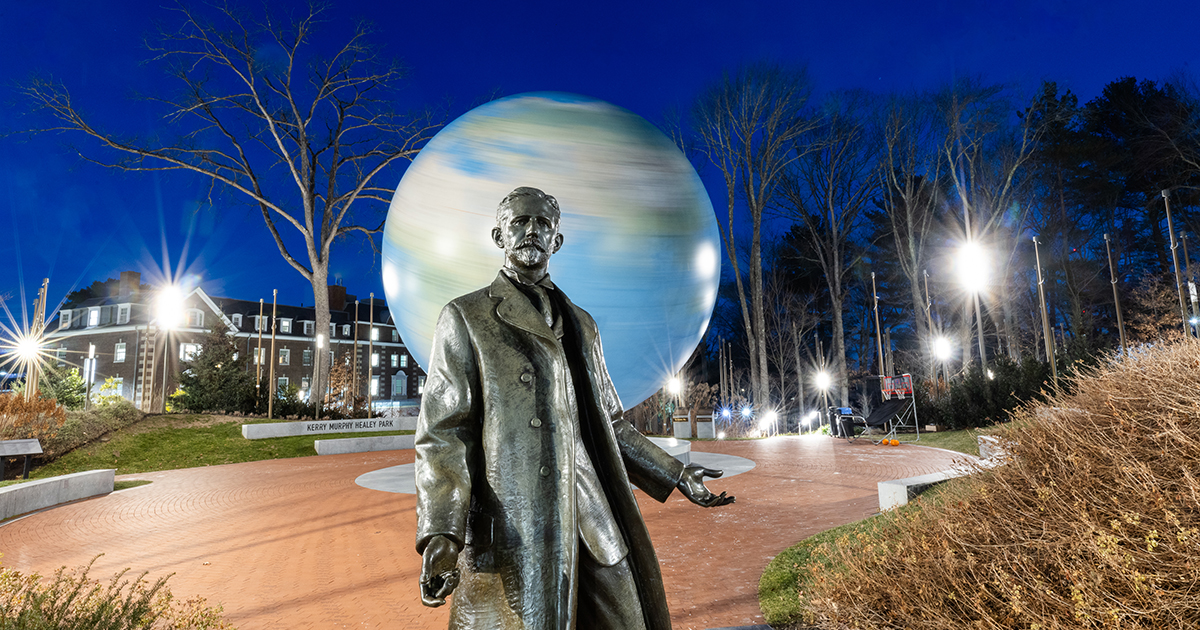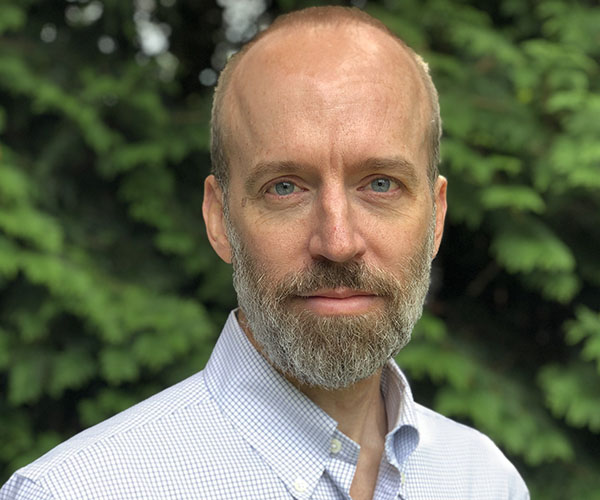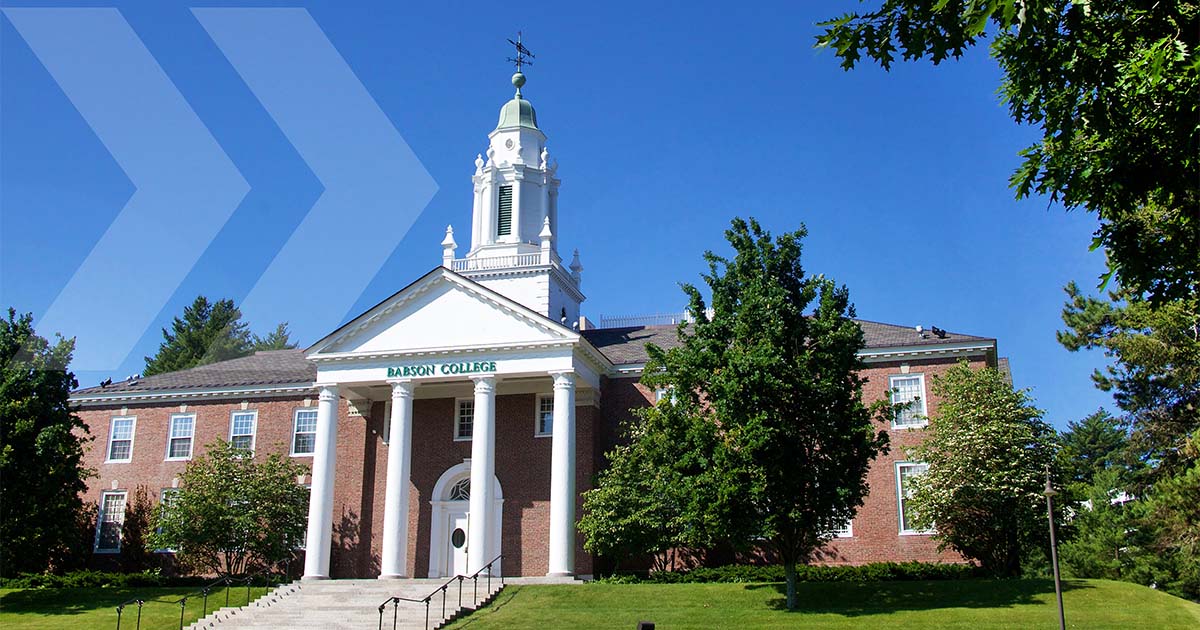Four Barbie Summer Fails and a Diversity Win

Let’s face it—it’s been a white-hot, hot-pink Barbie Summer.
With the Barbie movie earning a record-breaking $162 million in ticket sales on opening weekend and more than 100 brand collaborations—including hot-pink stilettos, lacquer-shine lip glosses, and a real Malibu dream house—it’s been impossible to avoid the iconic doll.
The movie also has been lauded for proving that female directors can make a bankable summer hit, while skewering the ideals that Barbie is known for, from her impossible measurements to her pervasive message of plastic perfection.
Flora Ekpe-Idang MBA’17, a first-generation American with roots in Geneva and Nigeria, created her own multicultural doll company Corage Dolls while at Babson College. Her first doll, Aaliyah, is an 8-year-old with “an entrepreneurial mindset,” who keeps track of her ideas in her treasured green notebook. Ekpe-Idang detailed some issues with Barbie and the blockbuster movie, and explains why she created a doll to “elevate, educate, and encourage girls of color to be unstoppable.”
1. Barbie Created the Unrealistic Standards the Movie Skewers
“When I heard about the movie, I thought it was going to be really gimmicky,” Ekpe-Idang said, “However, I’ve discovered that it challenges outdated narratives and fosters thought-provoking conversations about the historical evolution of beauty standards.”
The movie, directed by Greta Gerwig, has been championed by many critics for calling out the popular doll’s unrealistic looks and lifestyle. Mattel Inc., the company behind Barbie, pointed out that it now has nine body types in an effort to encourage acceptance of all bodies.
“I see it as Barbie trying to repair their reputation, to position themselves as more forward thinking when they have actually been the stem or the cause of a lot of detrimental beauty standards for young girls,” Ekpe-Idang said. “Dealing with and thinking through that paradox is one of the reasons I haven’t seen the movie yet.”
2. Barbie Summer Whiffs on Long-standing Issues Surrounding Race and Dolls

Flora Ekpe-Idang MBA’17 and the multicultural doll she created, Aaliyah.
“Historically, the lack of representation on store shelves has failed to encompass the diversity of girls with varying facial features and hair types. Barbie, with its uniform beauty standards, became the default image of representation,” Ekpe-Idang said.
“Part of what inspired me to create Corage Dolls was ‘the doll test’ (in the 1940s), which was created by two psychologists that wanted to study the impact of racial segregation on young Black children. The children were given a Black doll and a white doll and asked various questions about which doll was smarter, prettier, and more likely to succeed. The kids overwhelmingly chose the white doll when it came to anything positive. It was shocking to see these kids so young, having this type of internalized racism already, and part of it was because they didn’t see themselves on the shelves. There’s a limiting default of what beauty looks like, and that’s Barbie.”
Mattel has expanded their line of dolls to address the importance of representation, according to a page dedicated to diversity on Barbie’s website. Barbie currently includes dolls with 35 skin tones and 97 hair styles. The first Black Barbie, Christie, was released in 1968, according to a diversity evolution timeline that details Mattel’s diversity efforts over the years.
3. Barbie and Other Doll Creators’ Attempts at Diversity Often Fall Flat

Aaliyah is the first of Flora Ekpe-Idang’s line of multicultural dolls.
“It wasn’t easy to find a Black doll when I was younger. I did have some Barbies with long, straight hair, which was not in any way, shape, or form like my hair,” Ekpe-Idang said. She was shocked to learn that the only Black doll in the well-known line of American Girl dolls, named Addy, was a runaway slave.
“The options that did exist were limited in terms of any positive portrayals of Black identity, other racial identities, and their communities. And, the dolls basically looked like a white doll that was painted black.
“I aimed to purposefully create a doll that embodies her unique features, while also portraying modern narratives that empower young girls in her mindset, boost her self-confidence, and highlight her depth, all rooted in her overall well-being,” Ekpe-Idang added.
4. Barbie Must Catch Up to its Paradigm-Shaking Movie
“I definitely see that Barbie has worked to make strides over the years with adding more abilities, being able to show different hair types and body sizes,” Ekpe-Idang said. However, there’s no denying that #BarbieSummer has meant tremendous profits for the doll and for any collaborating products.
“I think that the movie and the conversations they’re having are important. I just hope it doesn’t stop. If Barbie is really making these concerted efforts, I hope they’re not just doing it for a money-making grab. How can it become ingrained in their day-to-day brand efforts? It speaks to the fact that as customers we want to shop brands that are valuable but also aligned with our values.”
A Diversity Win
In addition to her carefully crafted doll named Aaliyah, and a children’s book, Don’t Give Up, Aaliyah, Ekpe-Idang is working on a new line of affirmation cards that encourage positivity in young children.
“As I contemplated the well-being of our youngsters, I realized the significance of teaching them how to articulate their emotions and cultivate self-awareness,” Ekpe-Idang said. “It will offer sayings and prompts about mindfulness, self-compassion, empowerment, relaxation, and calmness, all through inclusive images, designs, and positive affirming statements.”
Posted in Insights






